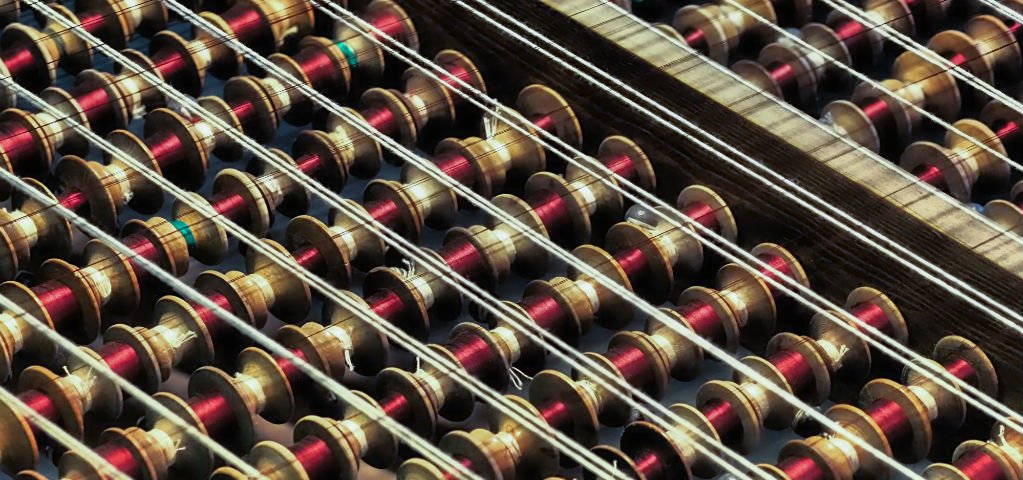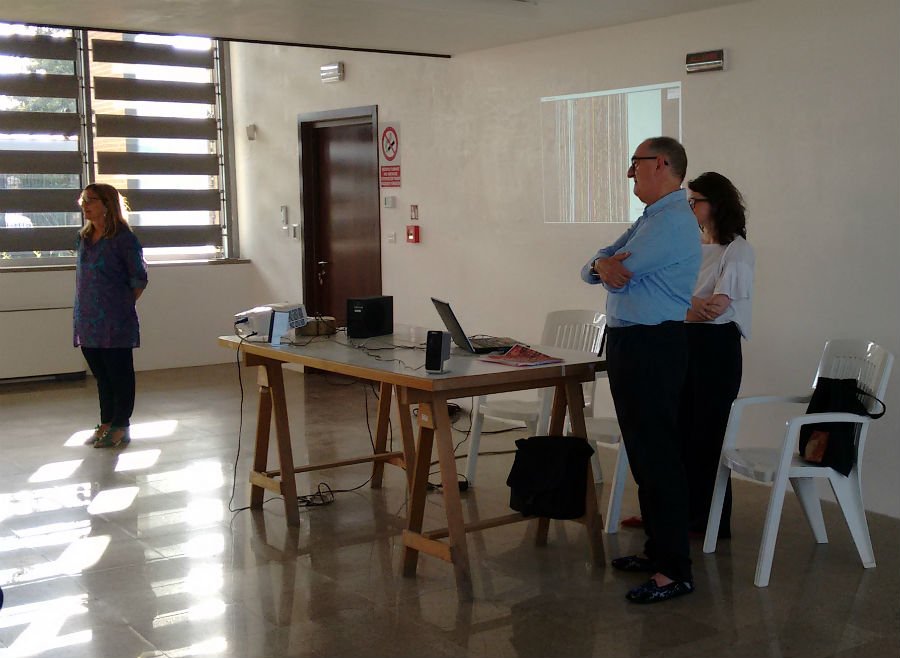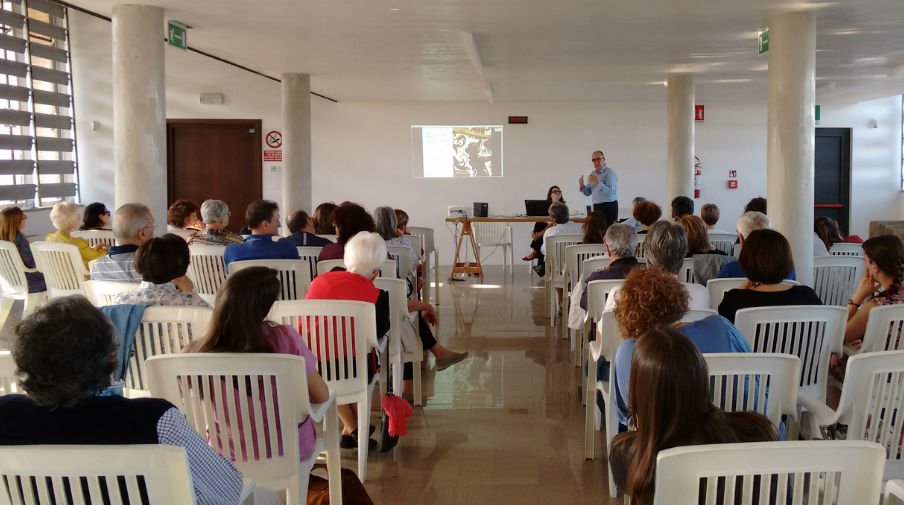On June 17th, 2016 we were at the Historical Museum in Altino, to talk about the history of Venetian fabrics. We explained how our Tessitura is keeping this Venetian tradition alive and discovered where it is rooted in.
Why did we end up in this museum, you may be wondering. Because Altino has a special connection to Venice: it’s one of the towns where the history of Venice began.
The history of Altino and of the first Venetian fabrics
Altino’s now a tiny town in the countryside, almost unknown. But this was not the case for ancient Romans: from the 2nd century BC to the 5th century AD, Altinum was a big city, a fundamental centre of trade. Surrounded by rivers and on the edge of the lagoon, it was connected to other important cities, too – Adria, Padua and Aquileia – by means of the via Annia.
That is to say, its economy was flourishing. Wool production included: Pliny the Elder, for example, describes the wool from Altino as a delicate, shining white and extremely fine fabric. Actually, it was one of the three top wools in the Roman Empire.
But what happened to this thriving city? Why did it disappear?
There are 2 reasons: barbaric invasions and sea level rise.
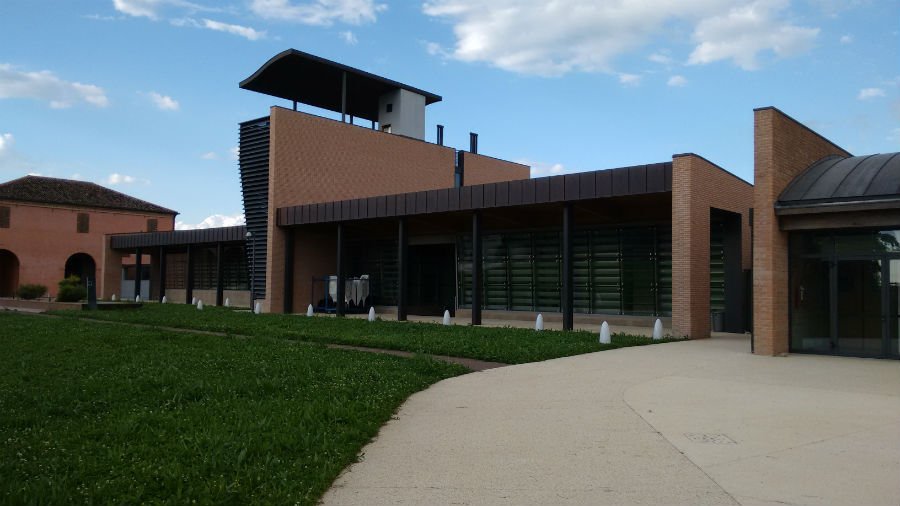
The end of Altino and the birth of Venice
During the 5th century the Roman Empire was hit with a series of barbaric invasions. Which affected the cities of today’s Veneto region, too, like Altino. So the population decided to abandon the mainland and take shelter on the islands of the lagoon. Which then gave birth to Venice.
The inhabitants of Altino, too, had opted for leaving. The city, however, managed to survive, at least until the 7th century. Indeed, in 639 the bishop of Altino definitely moved his seat to the island of Torcello. And the rest of the population followed him.
By that time, living in Altino had become impossible: the invasions hadn’t stopped, and a climate change added to them. The sea level rose, but the water network, ruined and abandoned, couldn’t protect the land from flooding anymore. So the area was slowly turning into a marsh.
So, while the history of Venice began, Altino went into a decline. But its handicraft, thanks to its inhabitants, didn’t disappear.
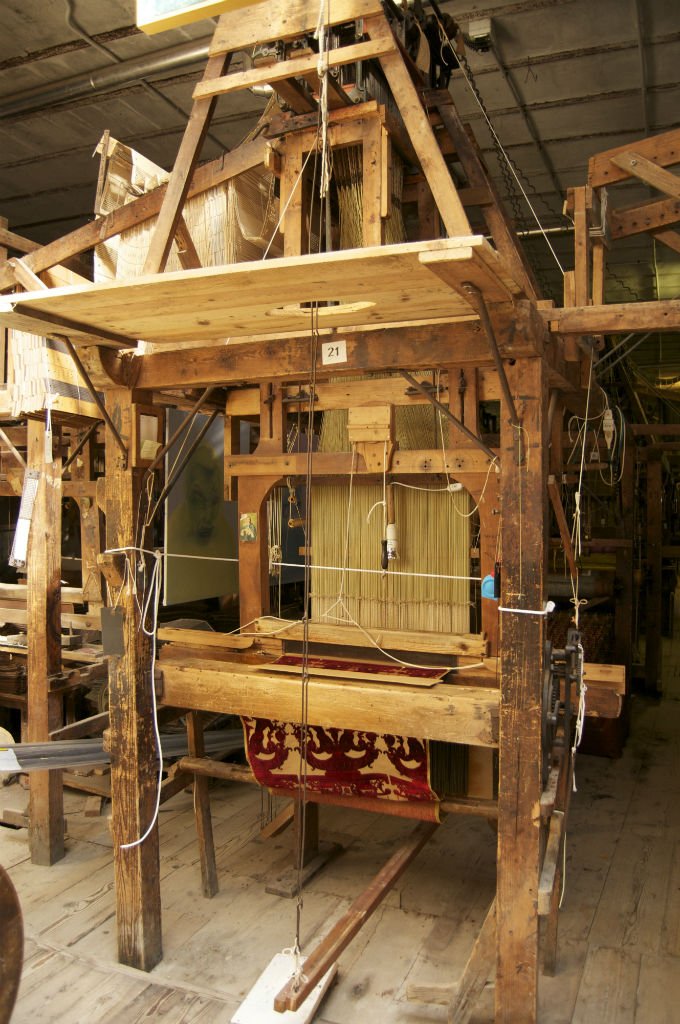

New fabrics in Venice: the manufacturing of silk
Torcello kept on producing fine wool at least until the 14th century, when Venice outdid it. But the latter city, in the meantime, had discovered another kind of fabric: silk.
From its relationship with Byzantium, Venice got first of all luxury fabrics it could sell. But then it discovered the techniques to weave silk, as well.
Thanks to the trips of the Polo brothers to China, during the 13th century new motifs arrived in Venice, too. And in 1265 the Arte dei Samiteri came to life, the guild which produced the richest silk fabric of that time, samite.
Which was none other than the forefather of Venetian velvets.

